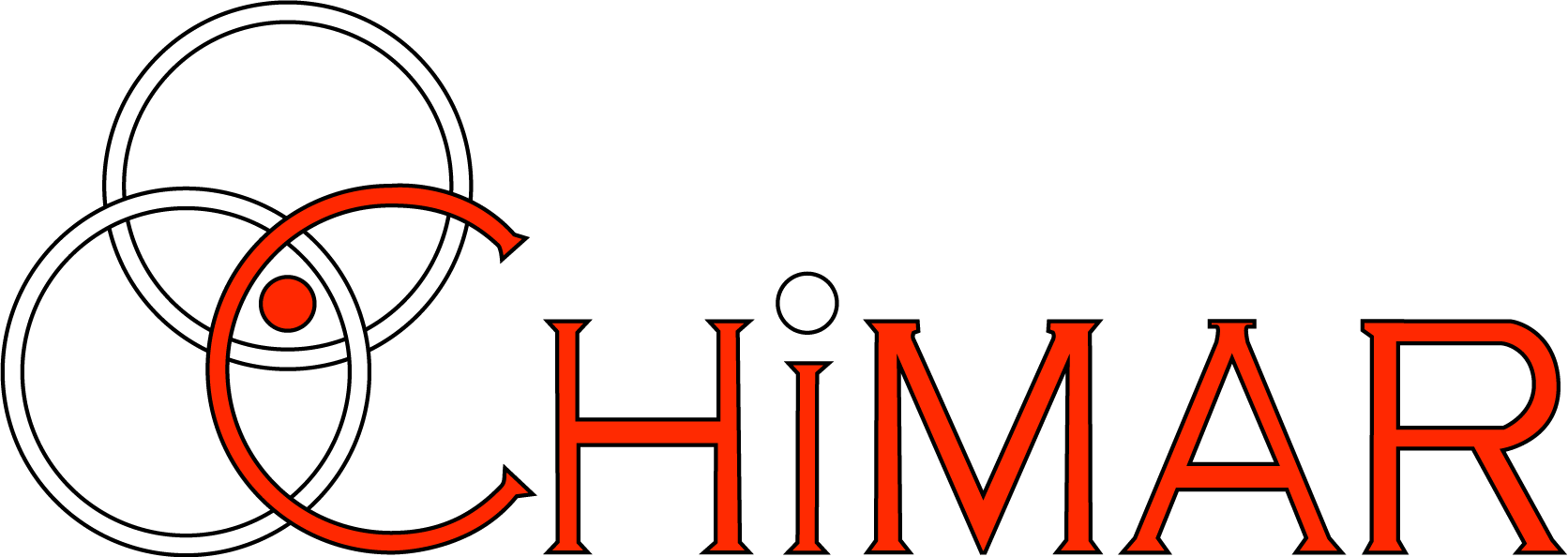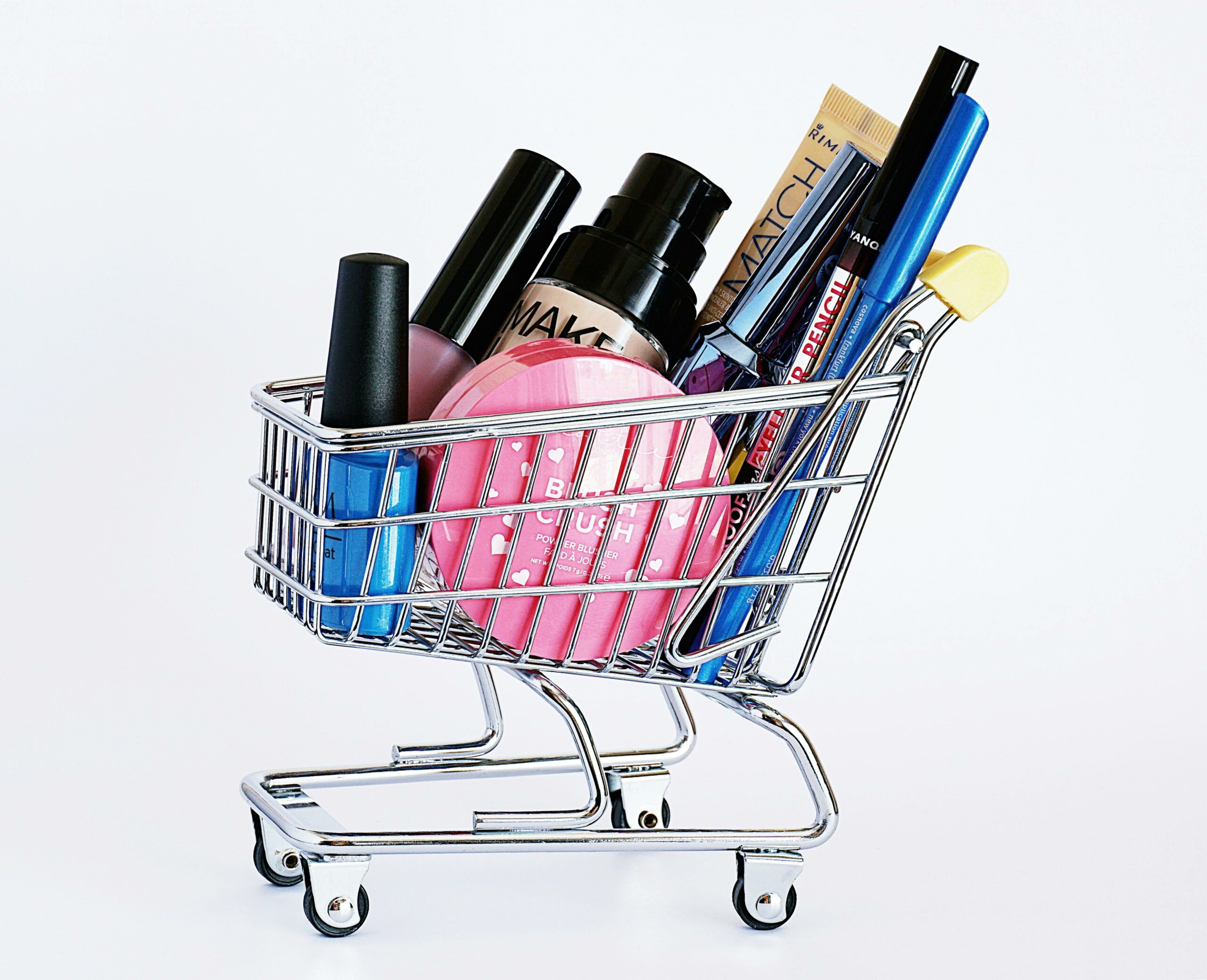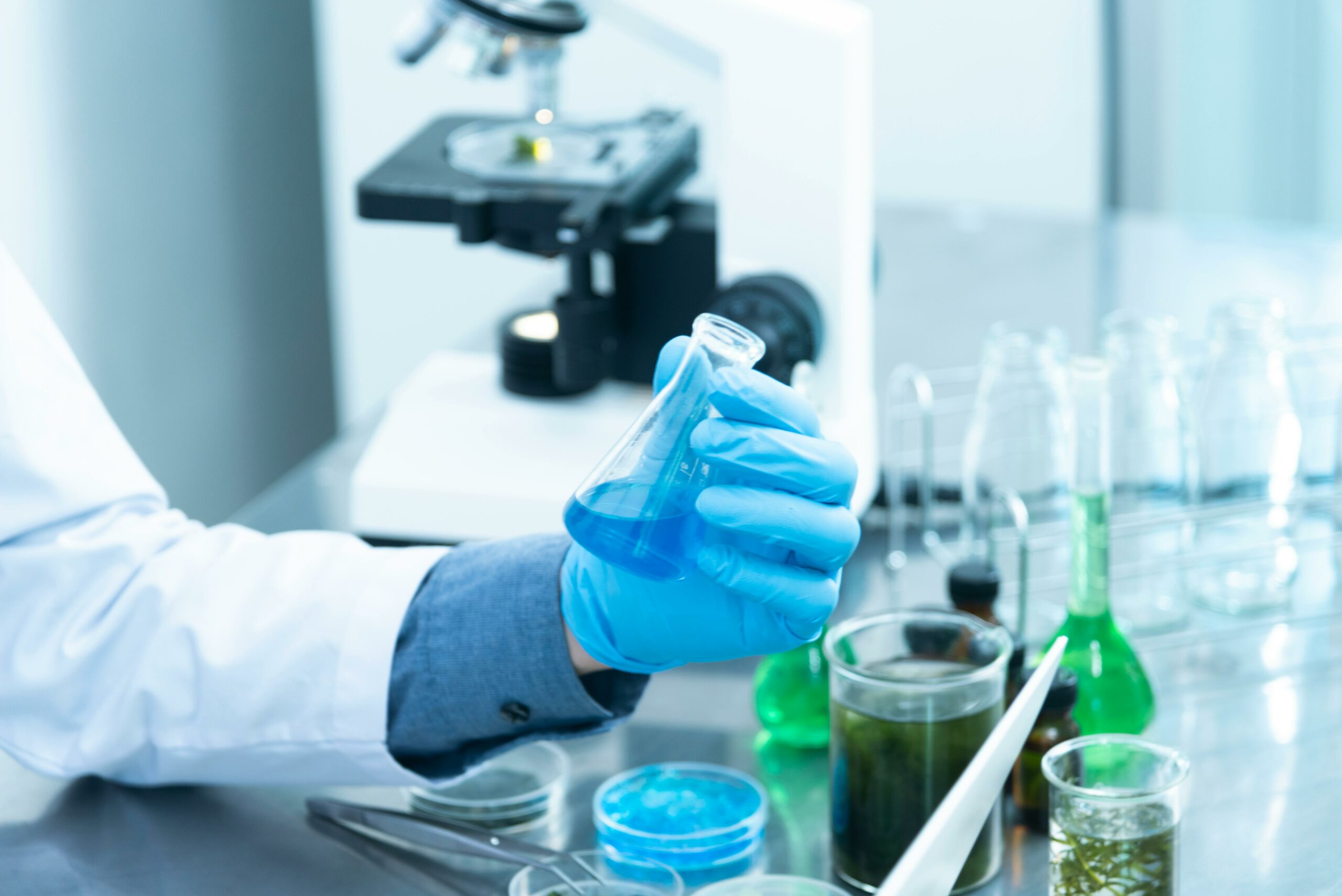Commission Regulation (EU) 2024/858 of 14 March 2024 amended Regulation (EC) N. 1223/2009 of the European Parliament and of the Council.
In particular, in Annex II the following entries are added:
- Styrene/Acrylates copolymer (nano), Sodium Styrene/Acrylates copolymer (nano)
- Copper (nano), Colloidal Copper (nano)
- Colloidal silver (nano)
- Gold (nano), Colloidal Gold (nano), Gold Thioethylamino Hyaluronic Acid (nano), Acetyl heptapeptide-9 Colloidal gold (nano)
- Platinum (nano), Colloidal Platinum (nano), Acetyl tetrapeptide-17 Colloidal Platinum (nano)
In Annex III the following entry is added:
Hydroxyapatite (nano)
- allowed in toothpaste up to 10% and mouthwash up to 0,465%.
- Not to be used in applications that may lead to exposure of the end- user’s lungs by inhalation.
- Only nanomaterials having the following characteristics are allowed: Composed of rod-shaped particles of which at least 95,8 % (in particle number) have an aspect ratio less than 3, and the remaining 4,2 % have an aspect ratio not exceeding 4,9; The particles are not coated or surface modified.
Products with ingredients which does not respect the new regulation can no longer be placed on EU market from February 1, 2025, and those which were already be placed on market before April 4 can no longer be made available from November 1, 2025.
Commission Regulation (EU) 2024/996 of 3 April 2024 amended Regulation (EC) N. 1223/2009 of the European Parliament and of the Council.
In particular, in Annex II the following entry is added:
- 4-Methylbenzylidene Camphor
Products containing 4-Methylbenzylidene Camphor shall not be placed on the market from May 1, 2025, and shall not be made available.
- Genistein – maximum concentration in ready use preparation 0,007%
- Daidzein – maximum concentration in ready use preparation 0,02%
- Kojic Acid – maximum concentration in ready use preparation 1%
- Retinol, Retinyl Acetate, Retinyl Palmitate – maximum concentration in ready use preparation 0,05% Retinol Equivalent (RE) in body lotion; 0,3% RE in other leave-on and rinse-off products. For any cosmetic product containing Retinol, Retinyl Acetate or Retinyl Palmitate the following, labelling is obligatory: Contains Vitamin A. Consider your daily intake before use.
- Alpha-Arbutin – maximum concentration in ready use preparation 2% in face cream; 0,5% in body lotion. Hydroquinone levels shall remain as low as possible in formulations and shall not be higher than the unavoidable trace level.
- Arbutin – maximum concentration in ready use preparation 7% in face cream. Hydroquinone levels shall remain as low as possible in formulations and shall not be higher than the unavoidable trace level.
Products containing Genistein, Daidzein, Kojic Acid, Alpha-Arbutin and Arbutin which does not comply with new regulation requirements shall not be placed on the market from February 1, 2025, and shall not be made available from November 1, 2025.
Products containing Retinol, Retinyl Acetate and Retinyl Palmitate which does not comply with new regulation requirements shall not be placed on the market from November 1, 2025, and shall not be made available from May 1, 2027.
In Annex V, entries 23 and 25 are replaced by the following:
- Triclocarban (for uses other than preservative) – maximum concentration in ready use preparation 0,2% for all cosmetic products, with the exception of mouthwash. Purity criteria: 3,3′,4,4′- Tetrachloroazobenzene and 3,3′,4,4′- Tetrachloroazoxybenzene shall be ≤1 ppm. Not to be used in toothpaste intended for children under 6 years of age. For toothpaste containing Triclocarban the following labelling is obligatory: Not to be used for children under 6 years of age.
- Triclosan – maximum concentration in ready use preparation 0,3% for toothpastes, hand soaps, body soaps/shower gels, deodorant (non-spray), face powders and blemish concealers, nail products for cleaning the fingernails and toenails before the application of the artificial nail systems. Not to be used in toothpaste intended for children under 3 years of age. For toothpaste containing Triclosan the following labelling is obligatory: Not to be used for children under 3 years of age.
Products containing Triclocarban and Triclosan that do not comply with the conditions may, provided that they comply with the conditions applicable on 23 April 2024, be placed on the Union market until 31 December 2024 and, if they have already been placed on the market before that date, continue to be made available on the Union market until 31 October 2025.
In Annex VI, entry 18 referred to the use of 4-Methylbenzylidene Camphor is deleted.



